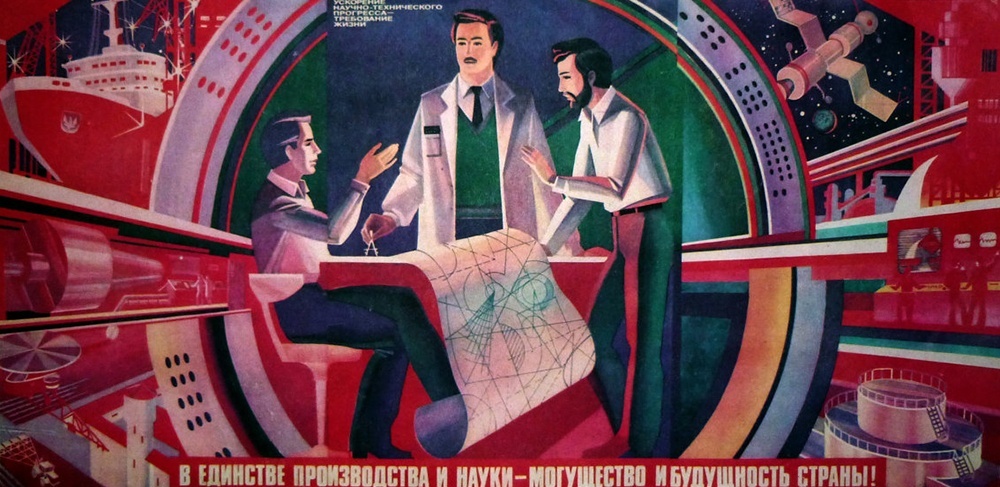- cross-posted to:
- news@lemmy.world
- cross-posted to:
- news@lemmy.world
Urine’s power as a fertiliser is due to the nitrogen and phosphorus that it contains – the same nutrients that are added to the synthetic fertilisers used on many conventional farms. But these synthetic fertilisers come at an environmental cost. Nitrogen is produced using the fossil fuel-intensive Haber-Bosch process, and the mining of phosphorus creates harmful amounts of toxic waste. Urine, meanwhile, is freely available – as Williams puts it, “everybody pees. [It’s an] untapped resource”.
The UNRP (Urine Nutrient Reclamation Program) in Vermont is pioneering peecycling in the US, but projects in other countries are also underway. In Paris, volunteers are collecting urine to help save the River Seine and fertilise wheat for baguettes and biscuits. Swedish entrepreneurs saw the harm caused by algal blooms around the island of Gotland and came up with a product that collects urine and turns it into fertiliser. Peecycling pilots have also run in South Africa, Nepal and Niger Republic.

